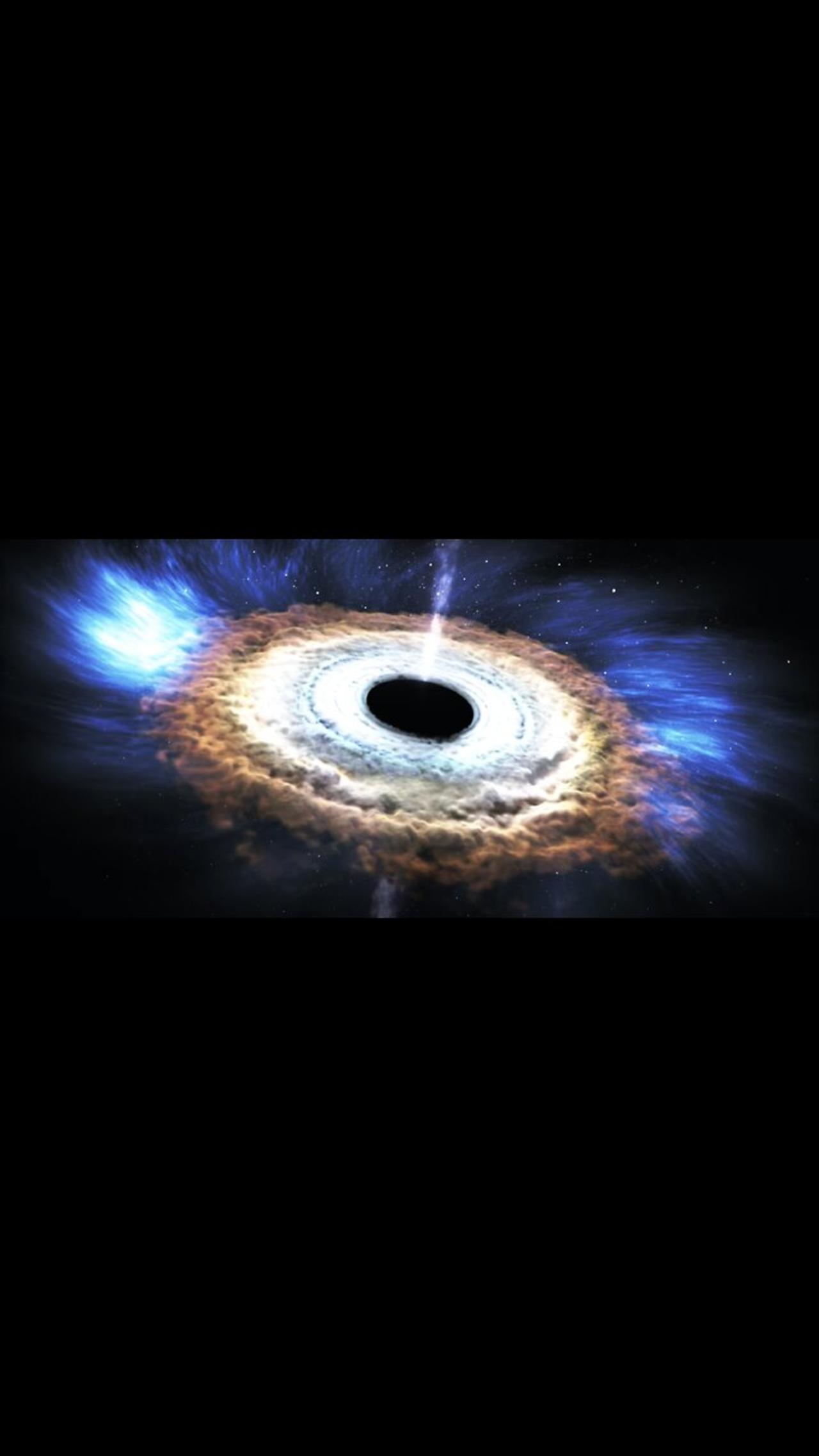
This artist's rendering illustrates new findings about a star shredded by a black hole.
When a star wanders too close to a black hole, intense tidal forces rip the star apart.
In these events, called "tidal disruptions," some of the stellar debris is flung outward at high speed while the rest falls toward the black hole.
This causes a distinct X-ray flare that can last for a few years.
NASA's Chandra X-ray Observatory, Swift Gamma-ray Burst Explorer, and ESA/NASA's XMM-Newton collected different pieces of this astronomical puzzle in a tidal disruption event called ASASSN-14li, which was found in an optical search by the All-Sky Automated Survey for Supernovae (ASAS-SN) in November 2014.
The event occurred near a supermassive black hole estimated to weigh a few million times the mass of the sun in the center of PGC 043234, a galaxy that lies about 290 million light-years away.










